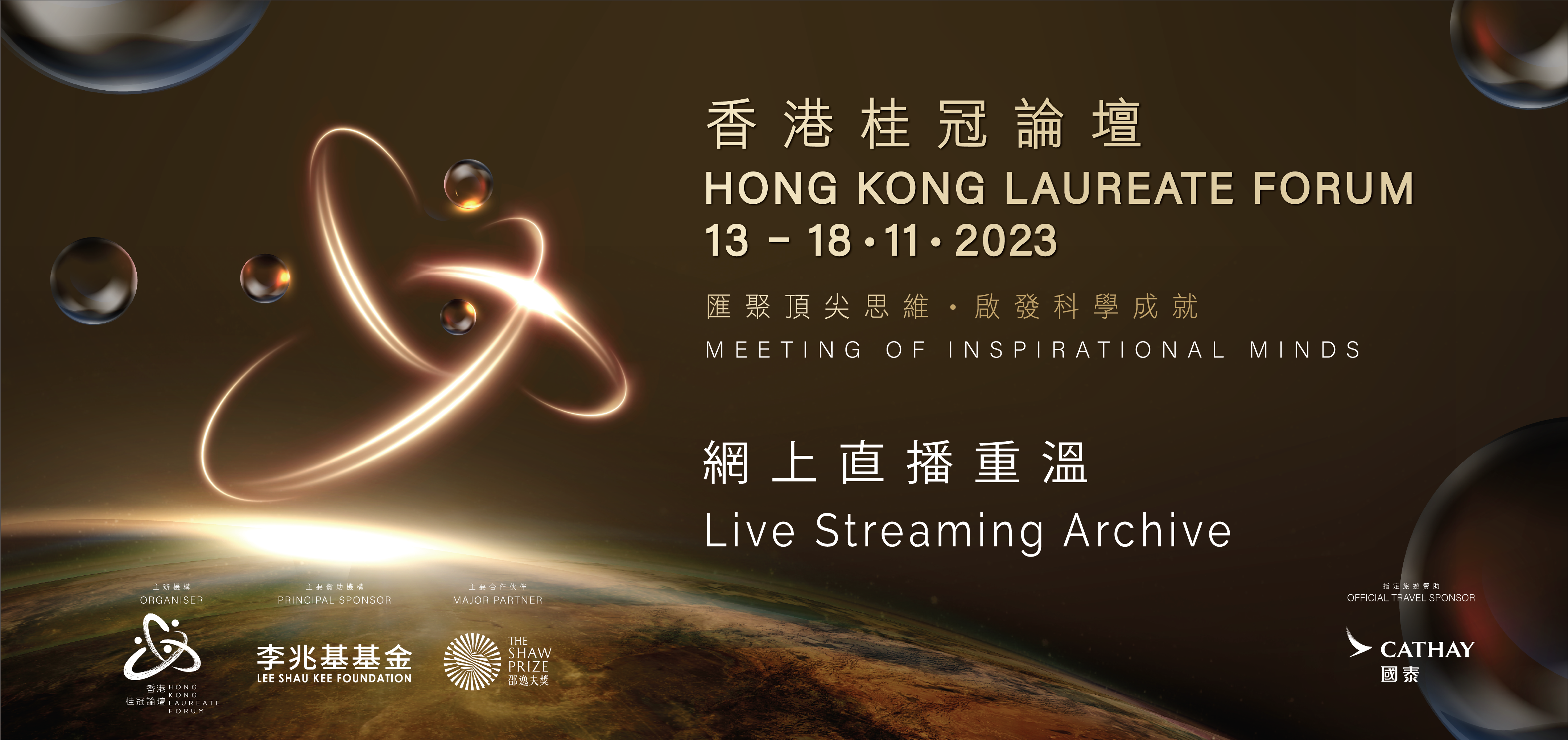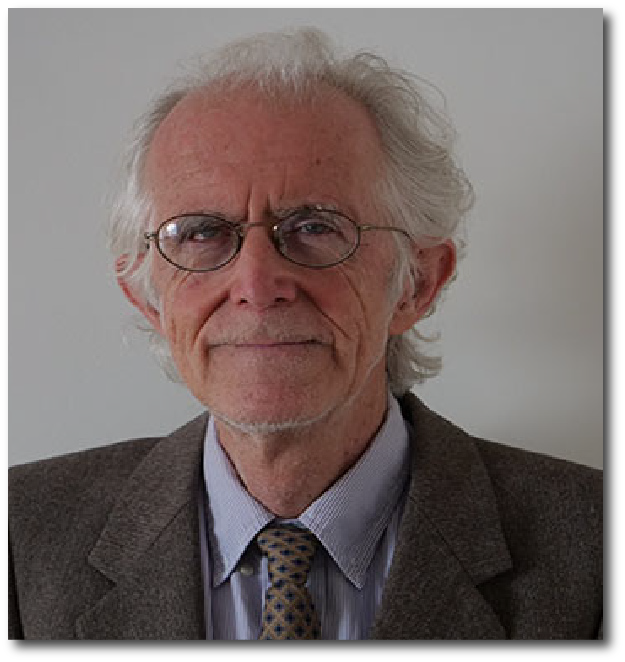24 April is the official Space Day of China as it marks the anniversary of the successful launch of China's first space satellite Dong Fang Hong 1 (DFH-1, “The East is Red 1”), on this day in 1970. The launch of DFH-1 turned a new page in the history of the Chinese Space Program. On 24 April this year, China National Space Administration announced the launch of Mission of Planetary Exploration “Tianwen”. Meanwhile, the mission to Mars “Tianwen-1” will be launched in July 2020.
In recent years, exploration of Mars has aroused great interest in many countries. It is not only because Mars is the closest planet to Earth except Venus, but also due to the fact that it is one of the astronomical objects in the solar system that is most similar to Earth. The National Aeronautics and Space Administration (NASA) of the United States has in the past gathered evidence of flowing liquid brines on Mars. NASA is also planning to launch space probe “Mars 2020 Perseverance Rover” together with the Mars helicopter “Ingenuity”, which was named by an Alabama high school student, in July 2020. They are scheduled to land on Mars in March 2021 and will conduct surface mission for at least one Mars year (about two years on Earth) with the task of seeking signs of ancient life on Mars. Moreover, an underground lake had also been found by a team of Italian researchers on Mars in recent years. Scientists wanted to prove the existence of life on Mars by searching for water on it and also to explore the possibility of finding a place for human to live in space.
Exploration of Mars comes with numerous challenges. The first one is the gravitational force between the Earth and the Sun. To get rid of the gravity, a spaceship will need to use very powerful rocket. The second challenge is the great distance of about 400 million km between the Earth and Mars. The mission control team on Earth has to deal with a communication latency of about 44 minutes when a spaceship is landing on the planet. Some researchers revealed that landing a spaceship on Mars is like swinging a golf club in Paris while aiming at a hole in Tokyo and that is a huge challenge.
As for “Tianwen-1”, it has five space missions, namely to take photos, measure Martian elements, monitor the environment and study its geological structure and weather. According to the existing plan, “Tianwen-1” will be launched in mid-2020 with a Long March 5 heavy lift rocket. After flying in space for about 7 months, “Tianwen-1” will land on Mars and start its space missions.
Photo Credit:
The National Aeronautics and Space Administration (NASA)


























